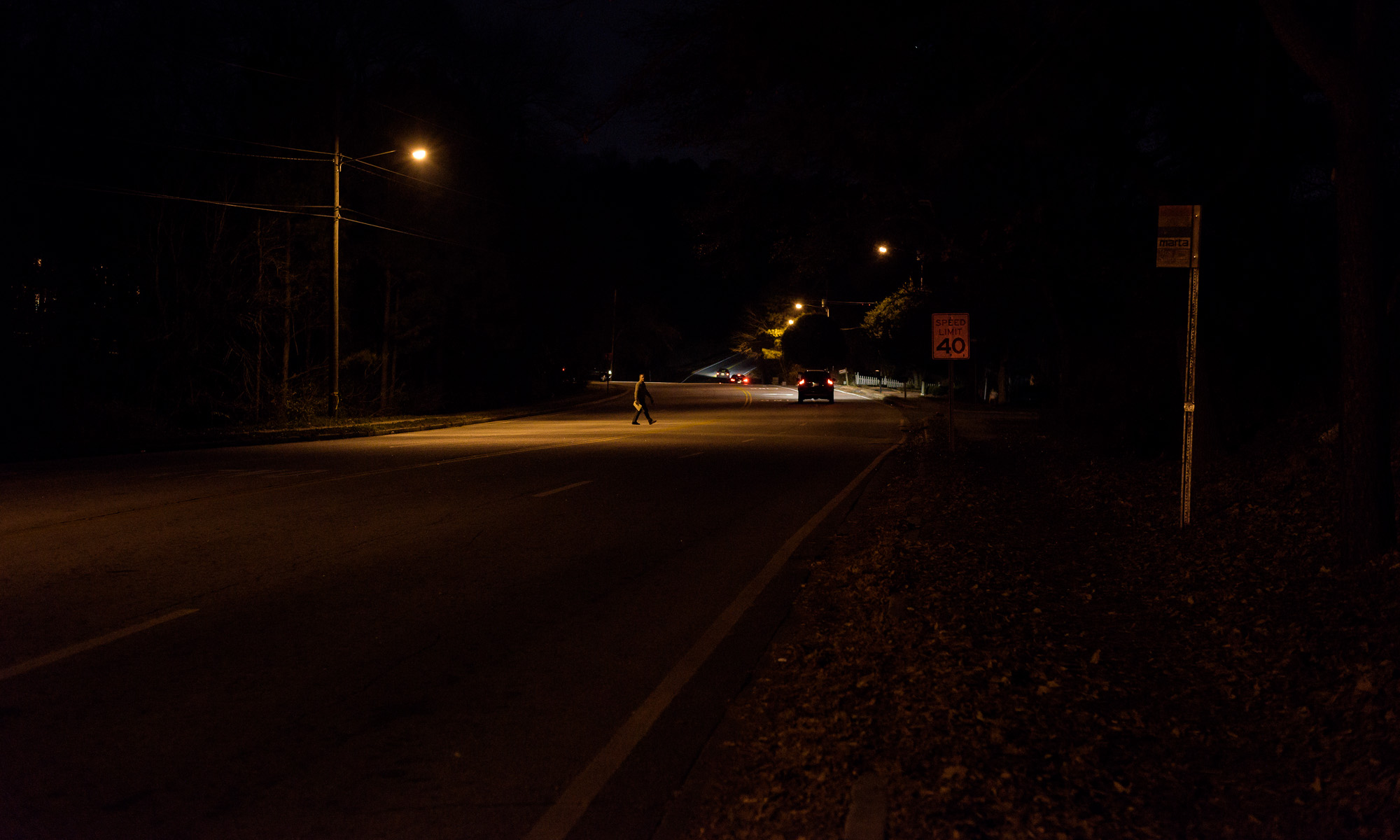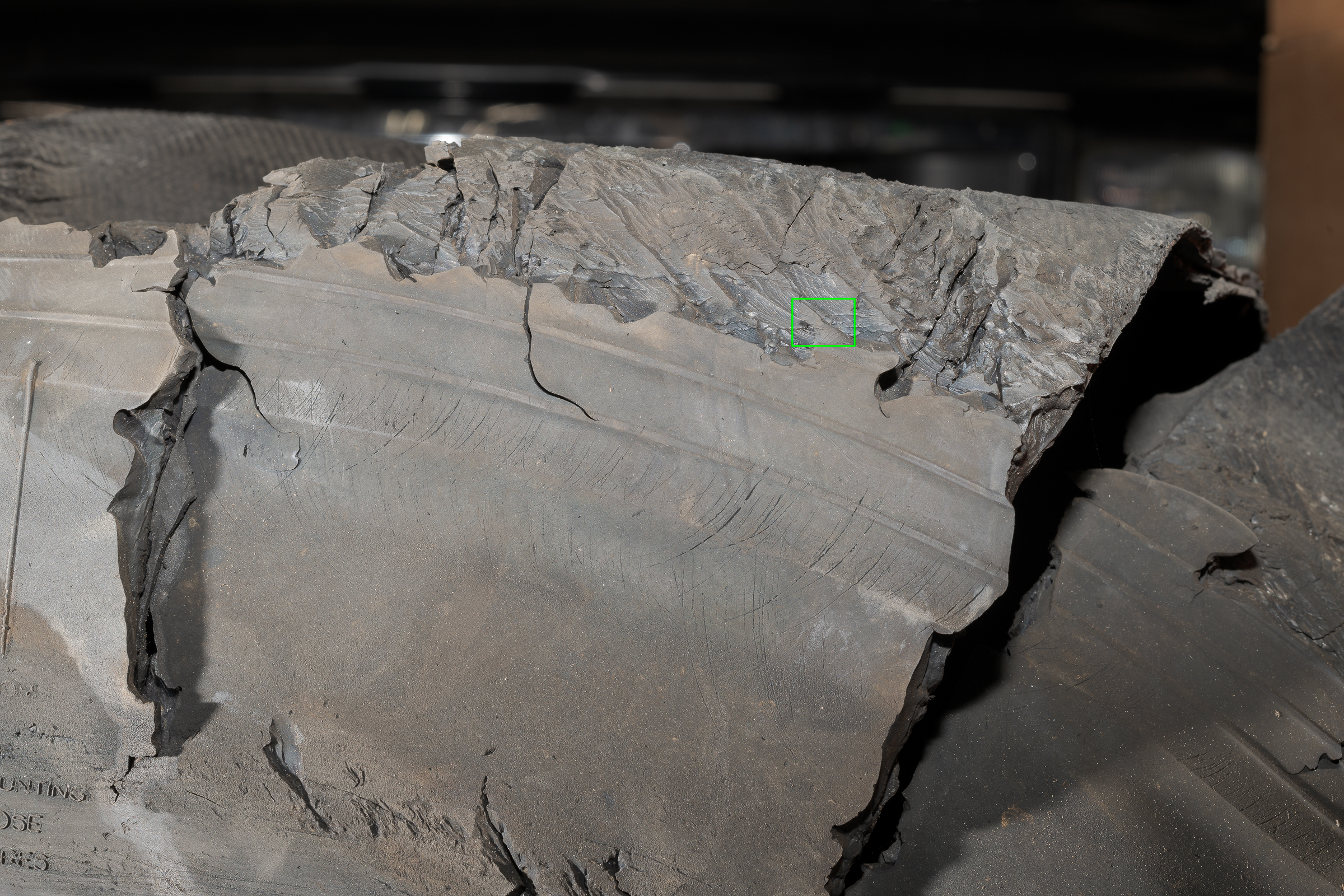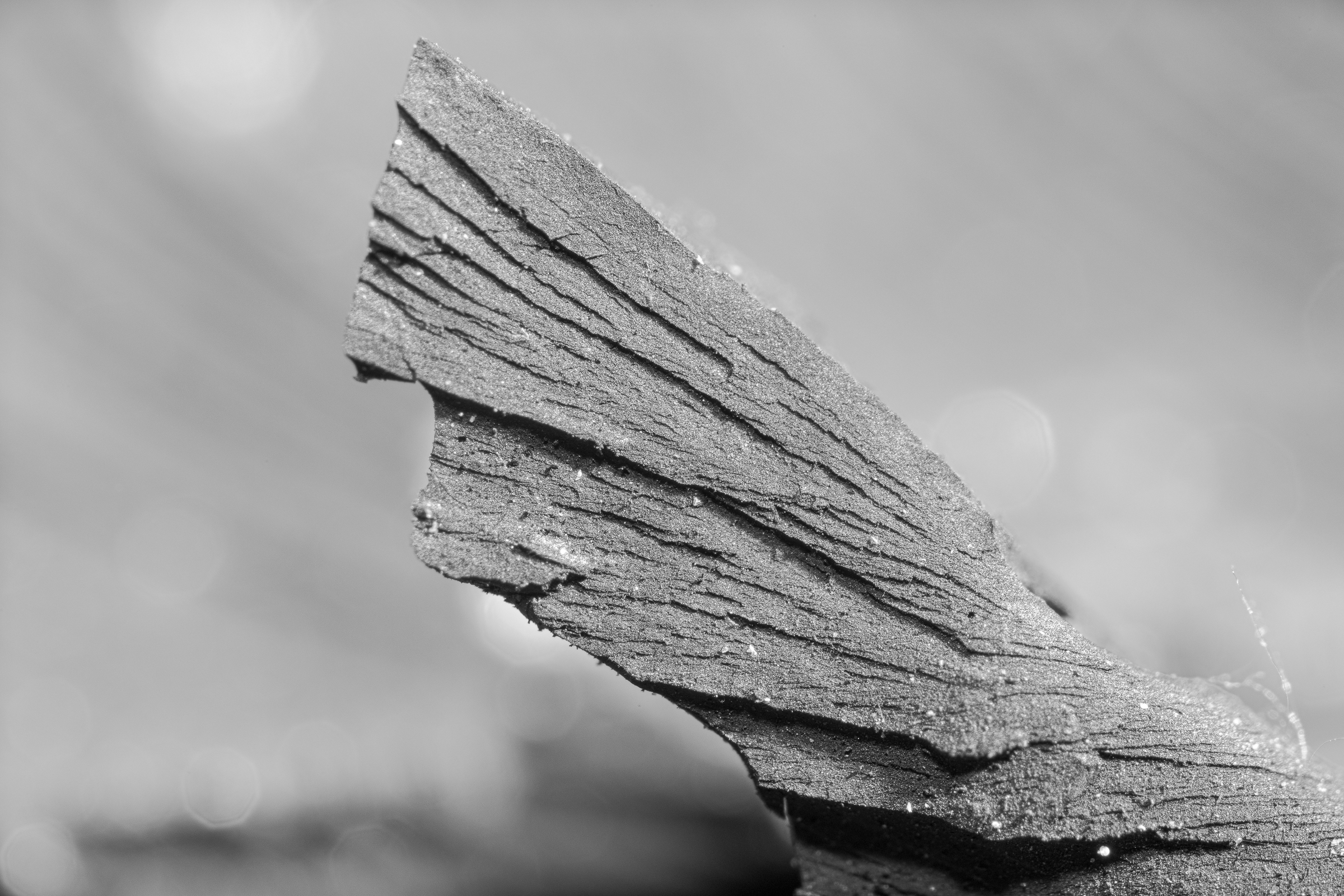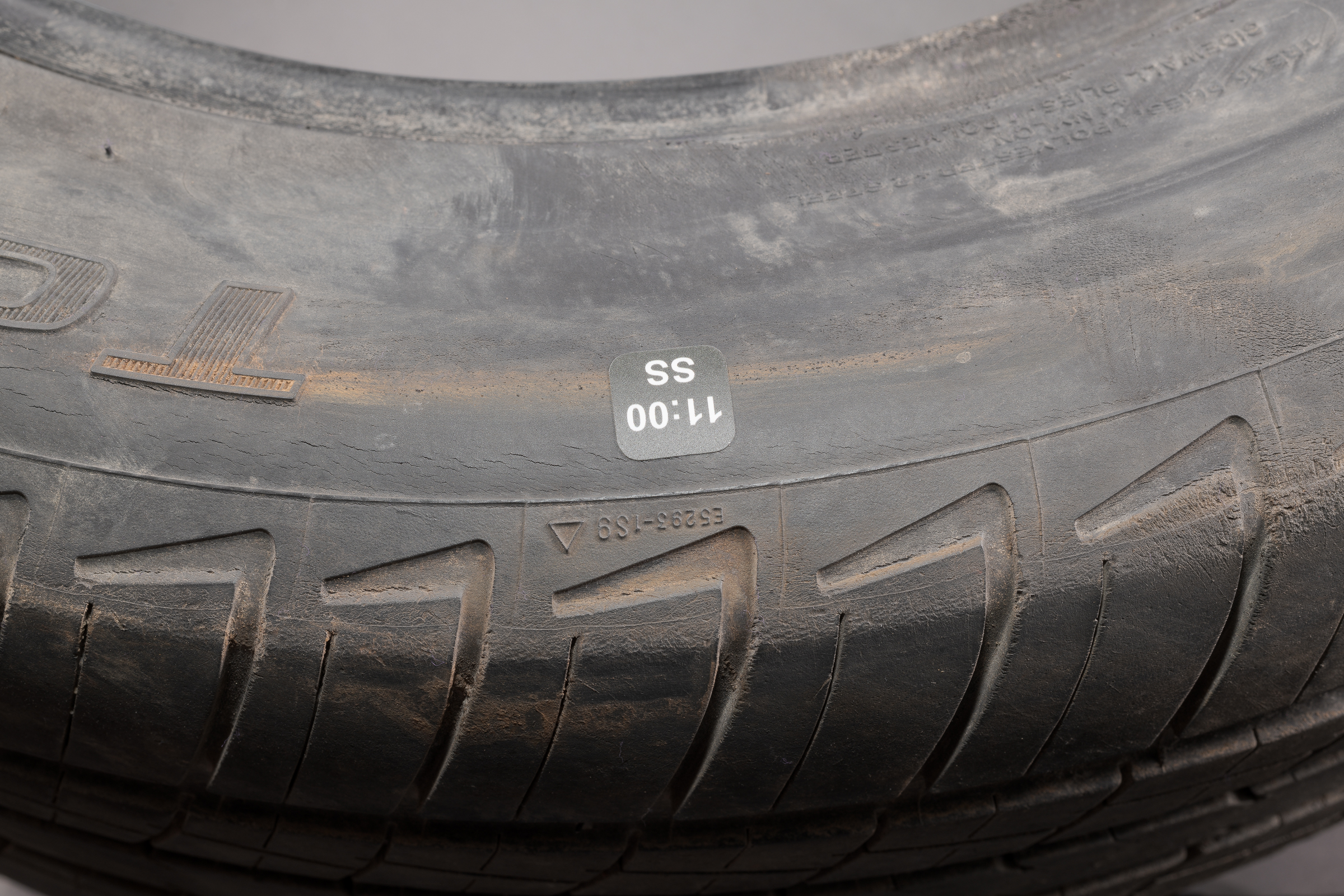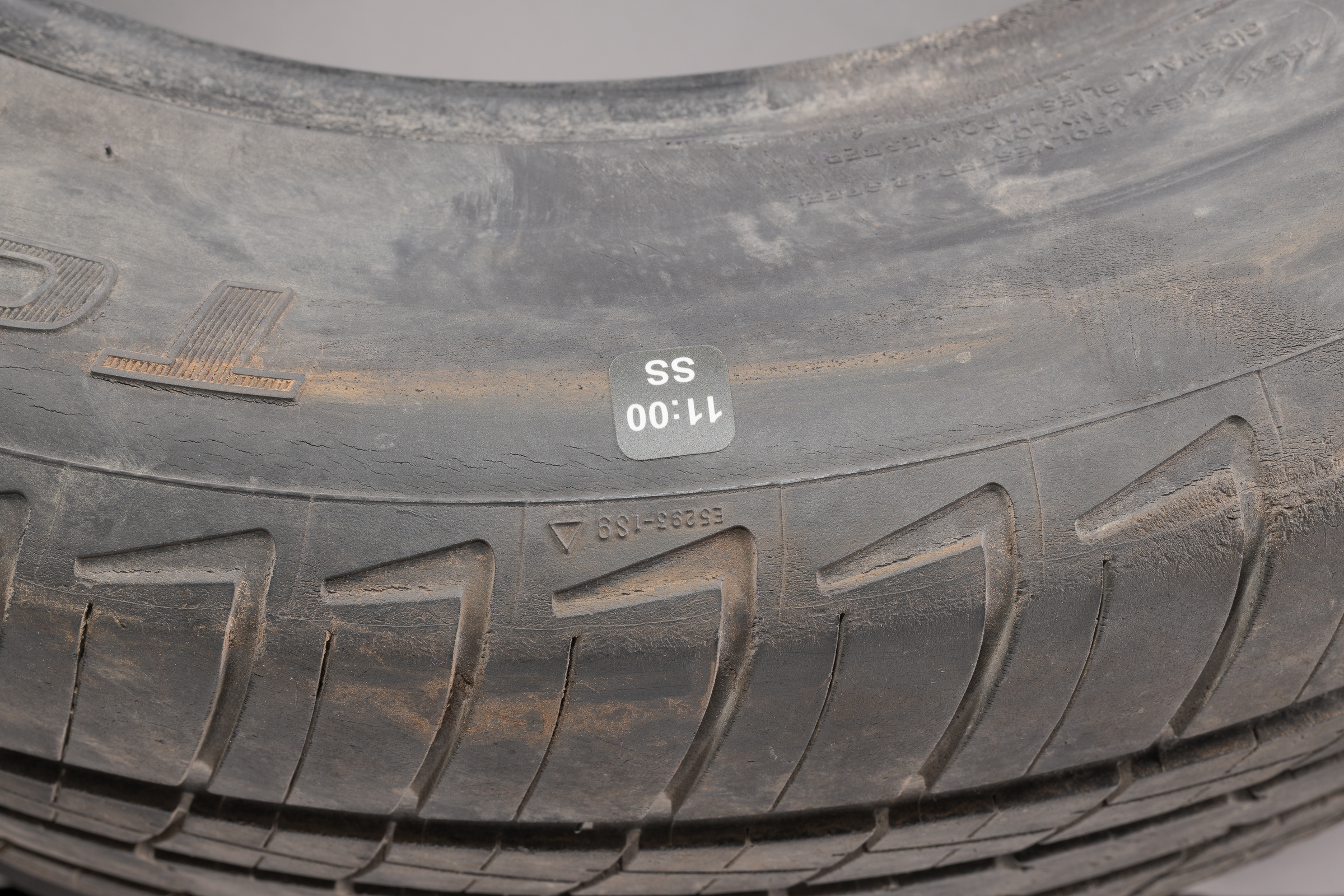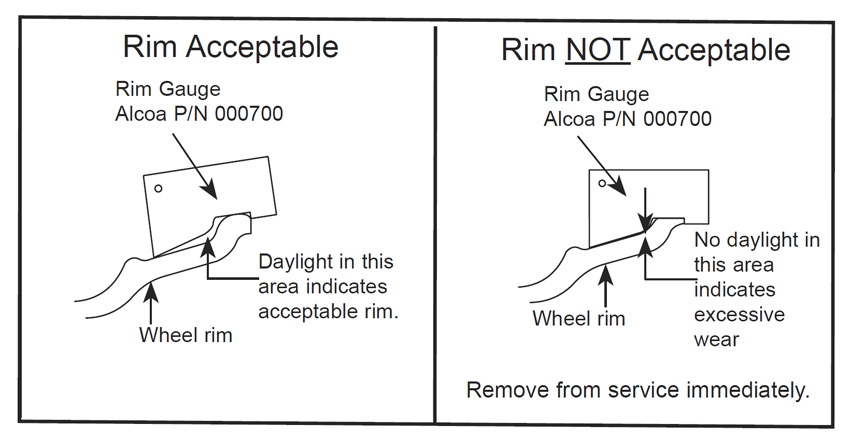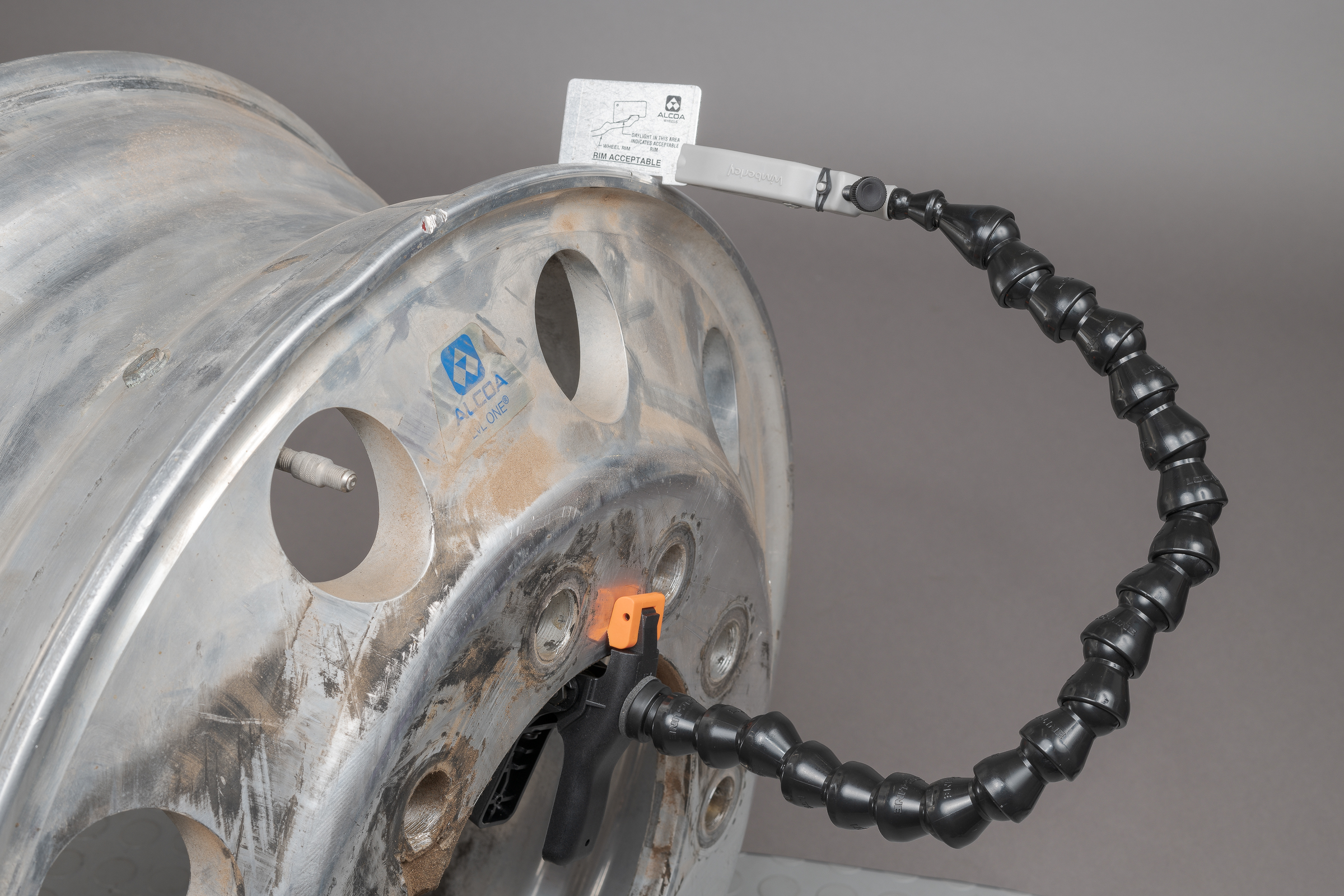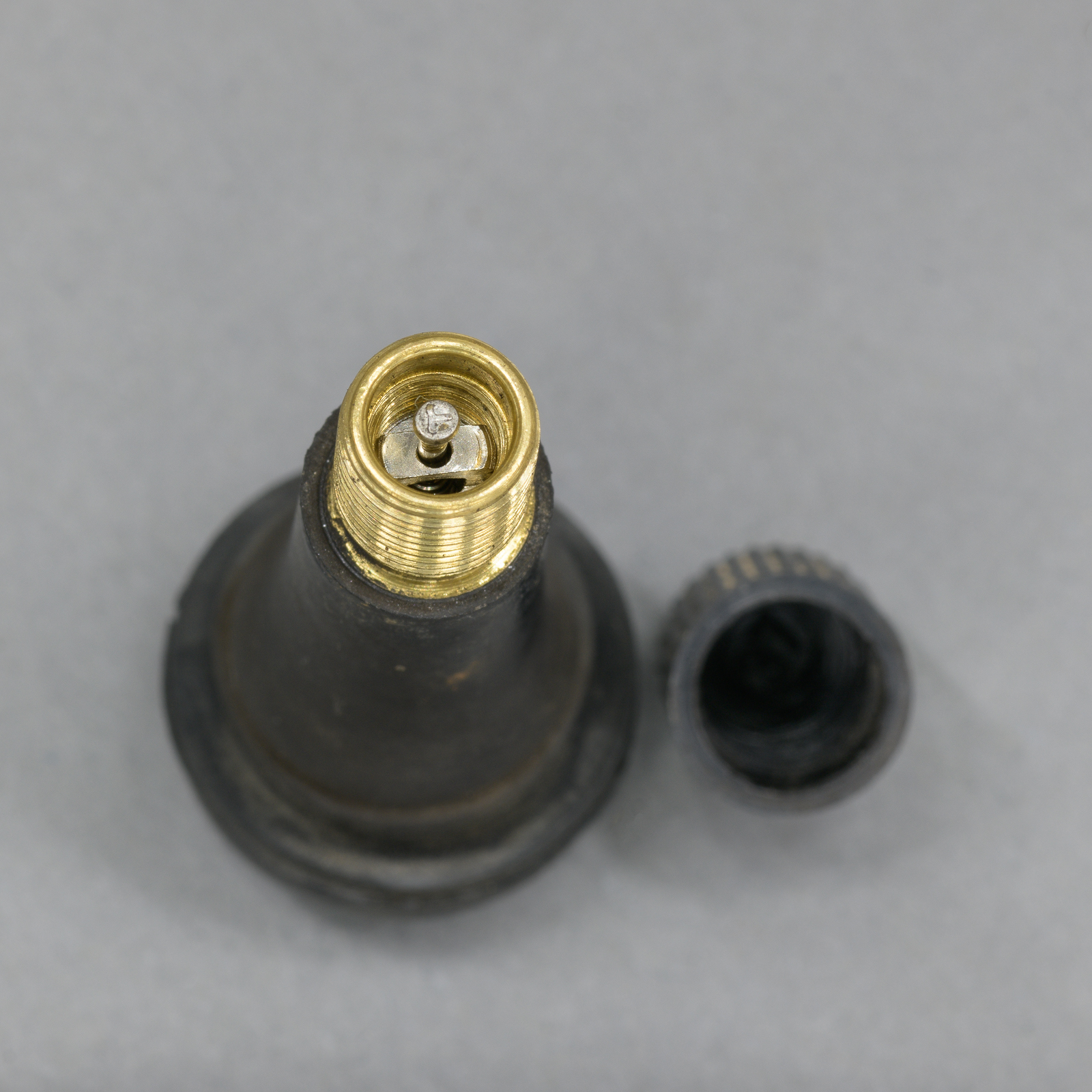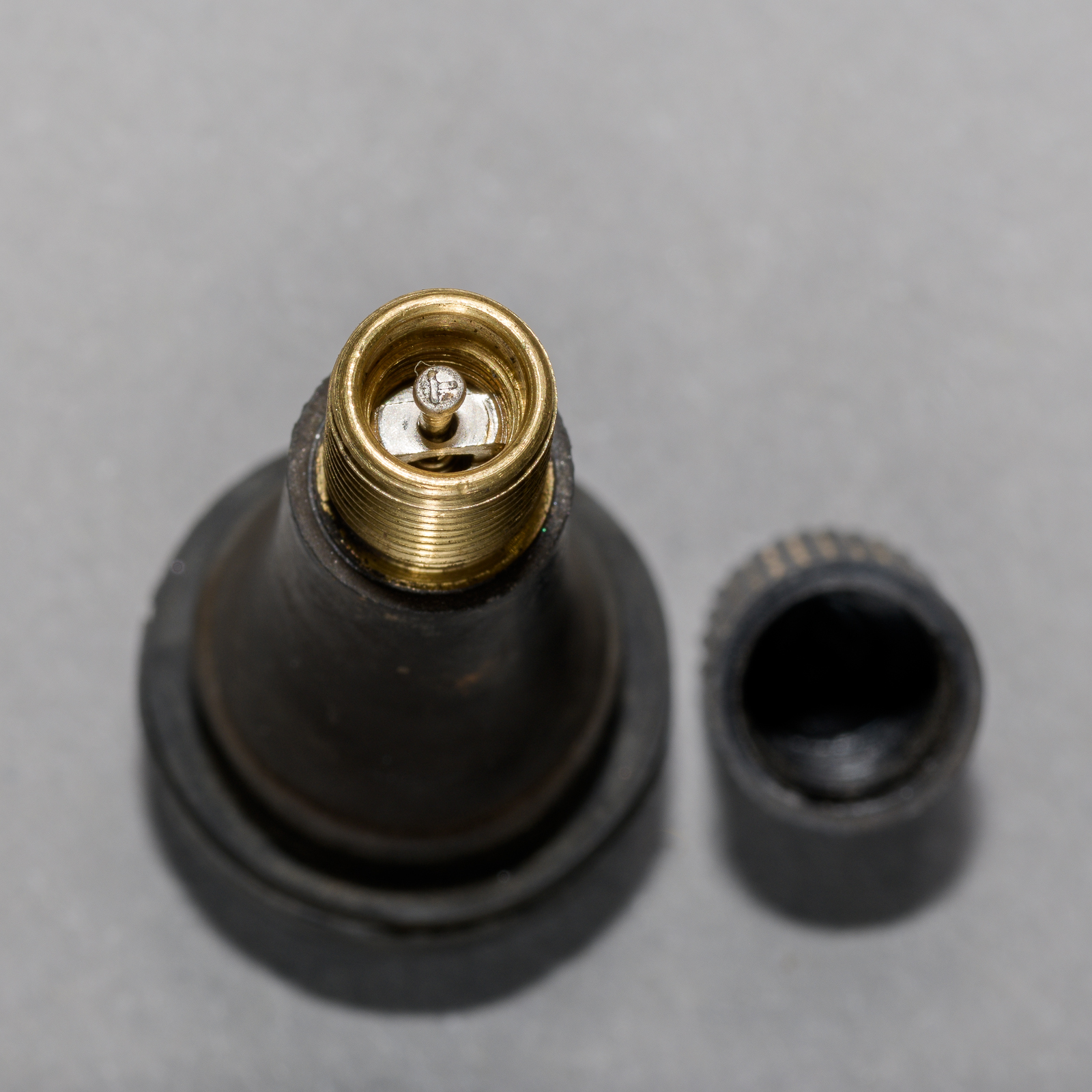During my analysis of a failed tire, I noticed what looked like a tiny, tiny nail in one of the sidewalls. I looked inside the tire, but couldn’t see if the tip had penetrated the innerliner. I gingerly felt around the inside to detect if the tip had protruded through. It had. Now I had to document that.
Photographing the head of the nail on the outside was easy, but photographing the tiny tip on the inside was quite a challenge. It was both minuscule and inaccessible. Here is a photo of the nail made with my usual lens, the ZEISS Milvus 50 mm f/2 macro. (Click on any image to enlarge. Then click on back arrow to return to the post.)
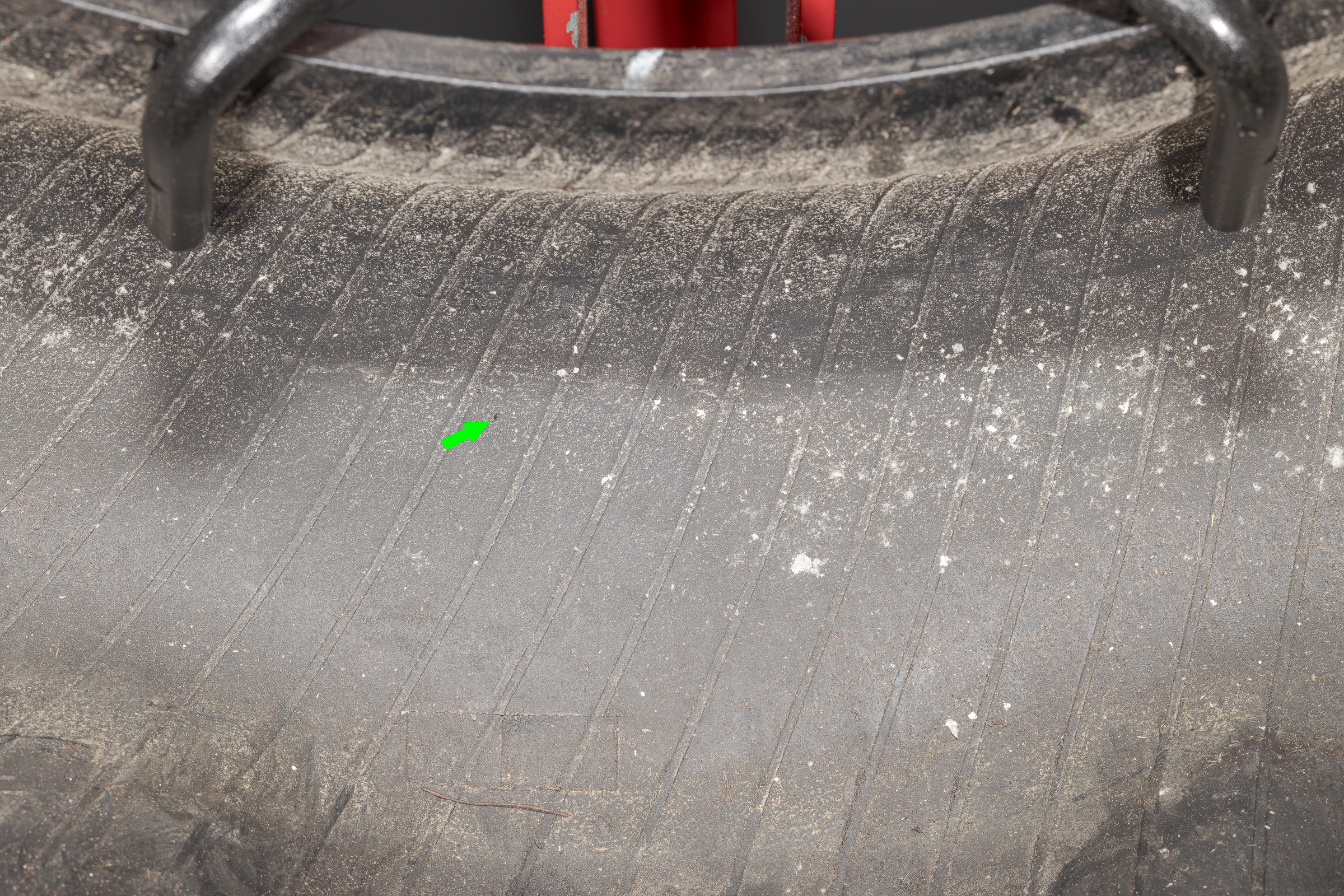
Even with the arrow, it’s impossible to get any useful information about the nail tip from this photo.
I photographed that nail tip with several other combinations of lenses, lights, and camera supports, but couldn’t get close enough to it optically. Then I remembered my beanbag called “The Pod” (now sold as either The Red Pod or The Green Pod) to which I had added an Arca-Swiss-type quick release clamp.
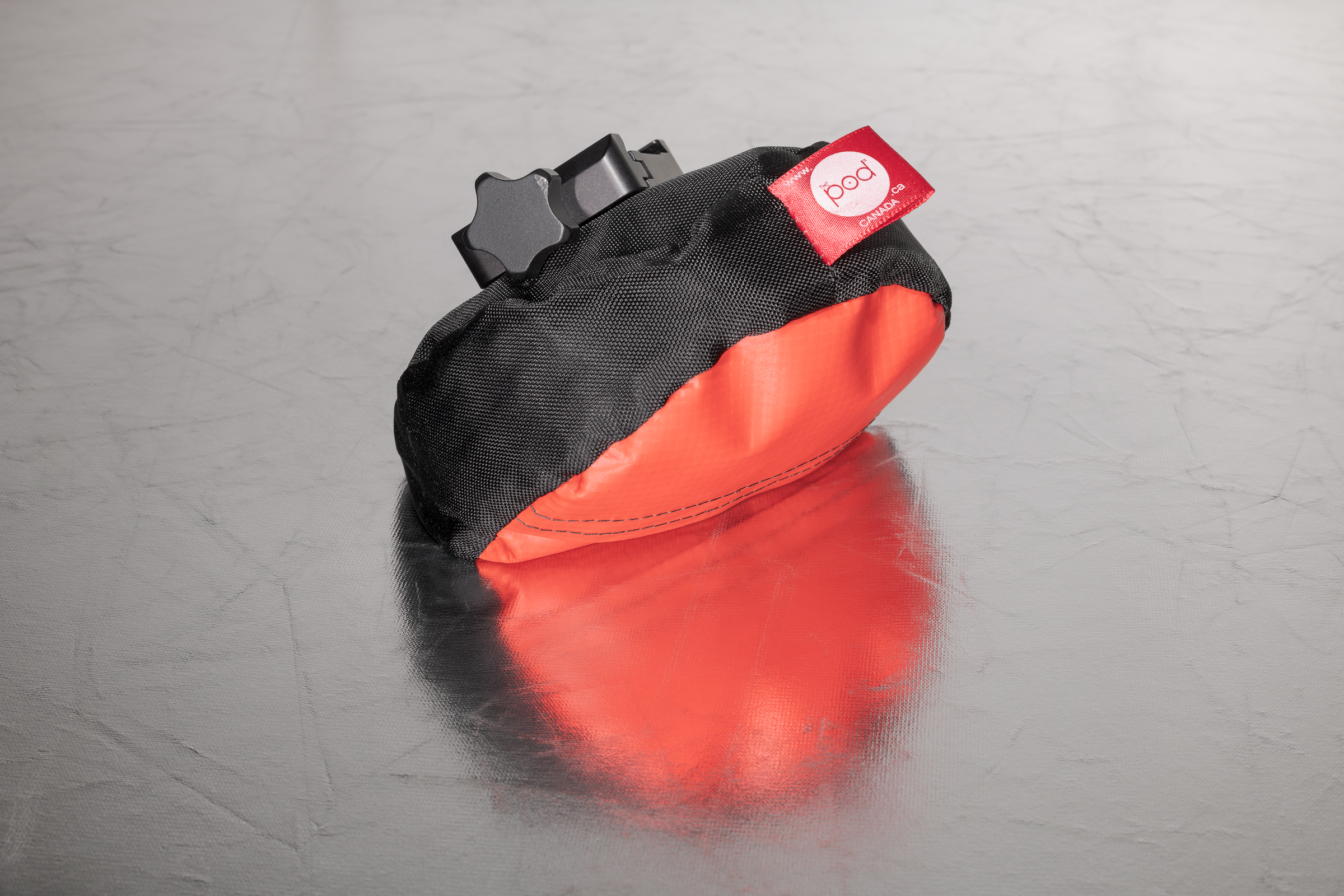
To get the camera lens closer to the nail, I propped the beanbag with a mounted Nikon D850 and the Laowa 25 mm 2.5 to 5x Ultra Macro lens (which I discussed and showed in previous posts) on the opposite side bead. I removed two Nikon SB-R200 macro flashes from the R1C1 ring and placed them on either side of the nail tip. This photo shows the positions of The Pod and the flashes with the camera, lens, and on-camera SB-910 flash removed.
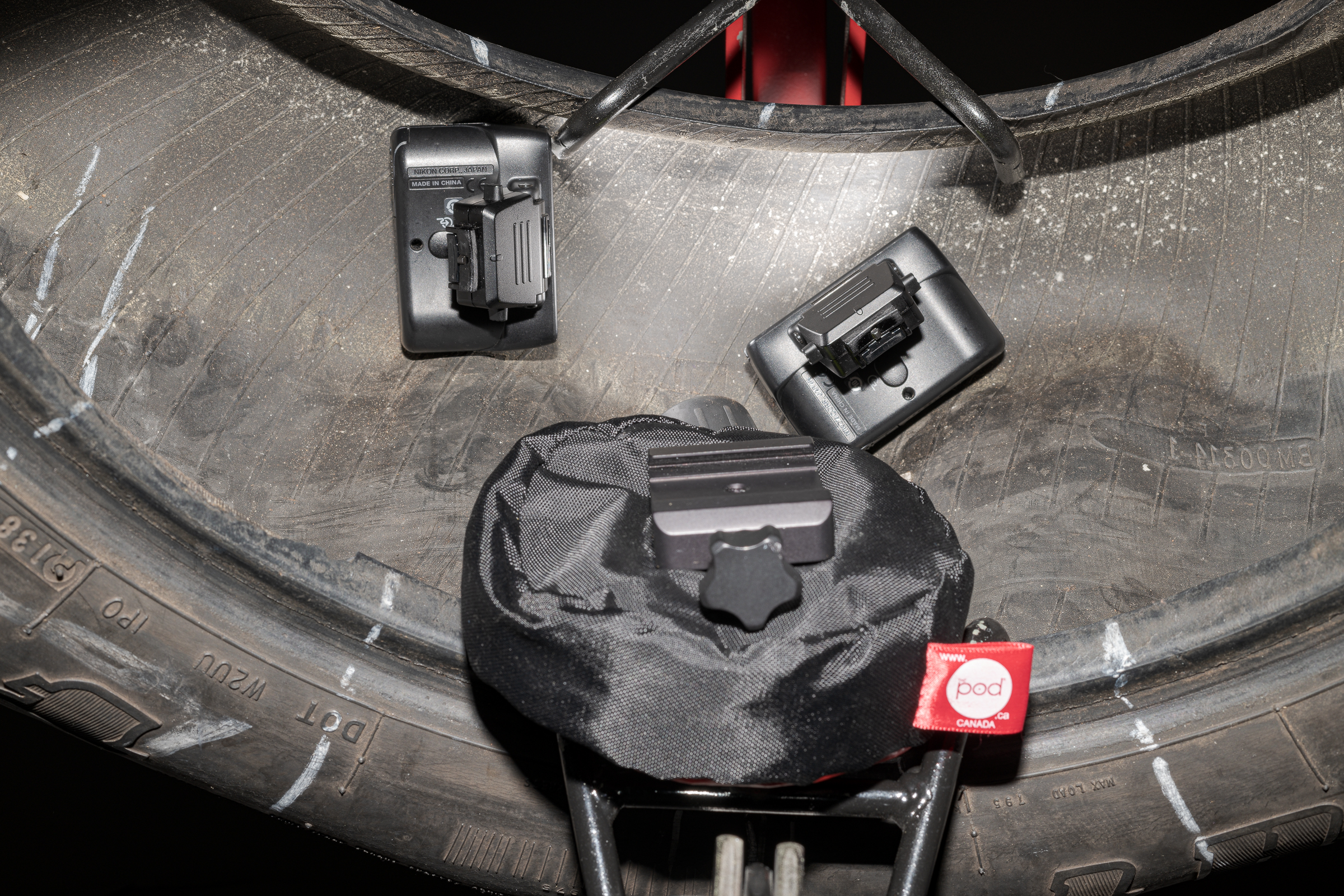
Below is the resulting single-shot, uncropped, full-frame image with the incredible Laowa Ultra Macro lens. A single shot was necessary because the beanbag setup was not rigid enough to allow for focus stacking of multiple images.
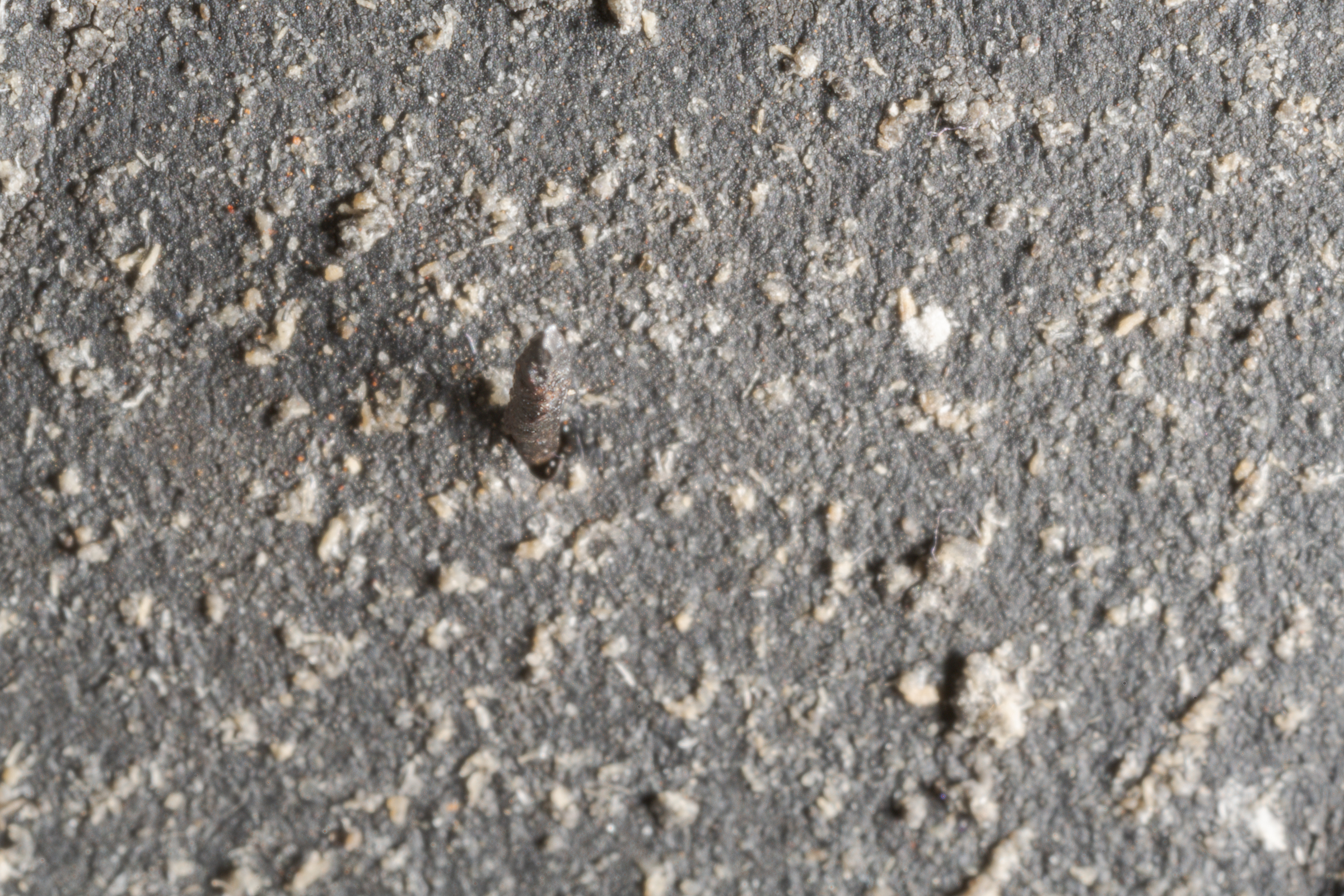
Compare the size of the nail tip in the the top and bottom photos, and recall both were full-frame, uncropped images. Considering there was such a significant enlargement of the subject, the detail in the bottom photo was remarkable despite the limited depth of field and the less-than-rigid support from the beanbag as opposed to a tripod. I’d say that about nailed it!
